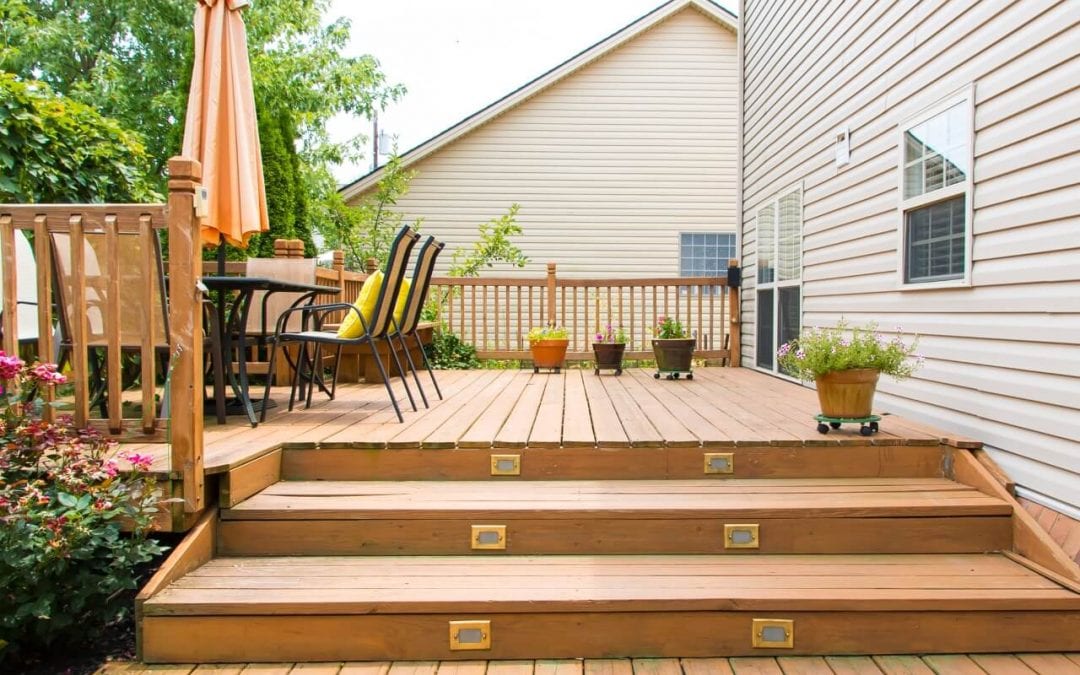Is it Time to Repair or Replace the Deck?
Building a new deck or replacing worn areas can be a major home improvement undertaking. The first step is to review different types of decking materials and determine the best product to use. The local climate and the expected use of the deck will influence your decision. Here are 3 of the most common types of decking materials and the benefits and drawbacks of each.
Pros and Cons of Aluminum Decking
Aluminum is not as likely to experience weather-related damage as wood and other decking materials. Aluminum will not rust and can withstand wet climates without weathering or splintering like hardwood, softwood, and even some composites. Unlike other decking materials, aluminum is resistant to rot, mold, mildew, and pests.
These benefits do not mean that aluminum is free of issues. Although aluminum is more resistant to wet weather conditions than other materials, it is also noisy during heavy rains and can become slippery when wet. Aluminum is generally more expensive than other options.
Wood Types of Decking Materials
Wood is the most common decking material because it is durable, natural, and beautiful. Pre-treated hardwoods, like redwood or cedar, are sturdy and resistant to deterioration. Softwoods are also suitable for decks and railings, but they are not as strong as hardwoods. Softwoods are often pressure treated, making them resistant to rot and insects. Over time, wooden decking materials are susceptible to weathering and traffic. The natural beauty of wood is a great compliment to almost any style of home.
Although wood is the most popular decking material, it does have drawbacks. The natural beauty of wood requires routine maintenance. An annual power washing is required in most climates. Snow and ice must be cleared away from wood decks because the moisture and weight can cause buckling. Extreme heat and arid conditions may cause the wood to fade and splinter. In order to remain beautiful and functional, wood decks must be sanded and resealed every year.
Composite Decking Materials
Composite decking is the most versatile of the types of decking materials. Composites require minimal effort to maintain their finish. They are less likely to be affected by extreme temperatures and remain sturdy over time with little maintenance. Composite decking is easy to clean. Individual pieces can be replaced when damaged, which is more cost-effective than replacing a whole deck.
Composite decking is an expensive option. In warm climates, composites are hot on bare feet. The color may fade over time and, unlike wooden options, most composites cannot be repainted.
There are pros and cons to any type of decking material. Review these popular options and and make the best decision to suit your needs.
Brand Name Home Inspections offers home inspections to Sonoma, Napa, Marin, and Mendocino Counties. Contact us to request our services.

